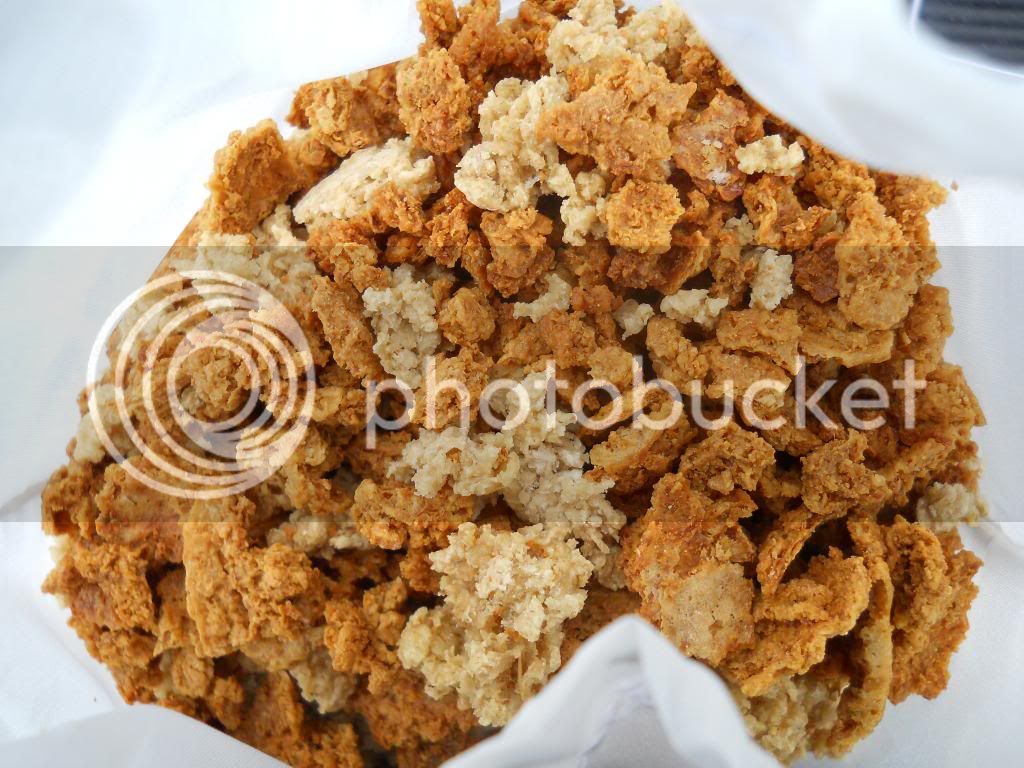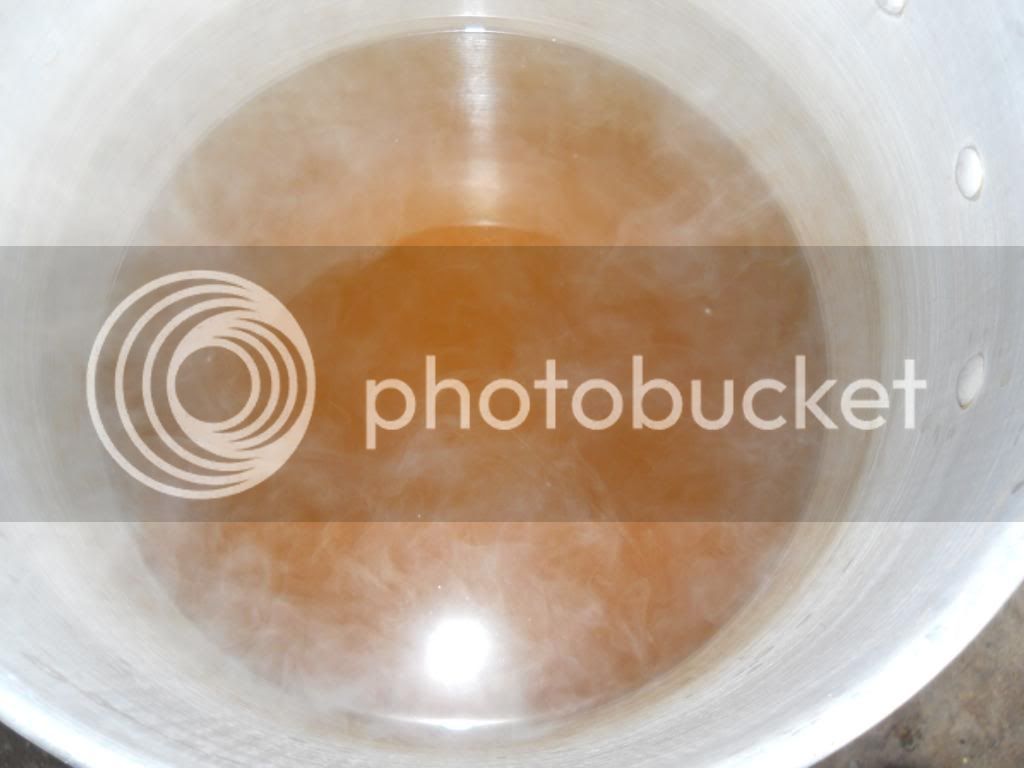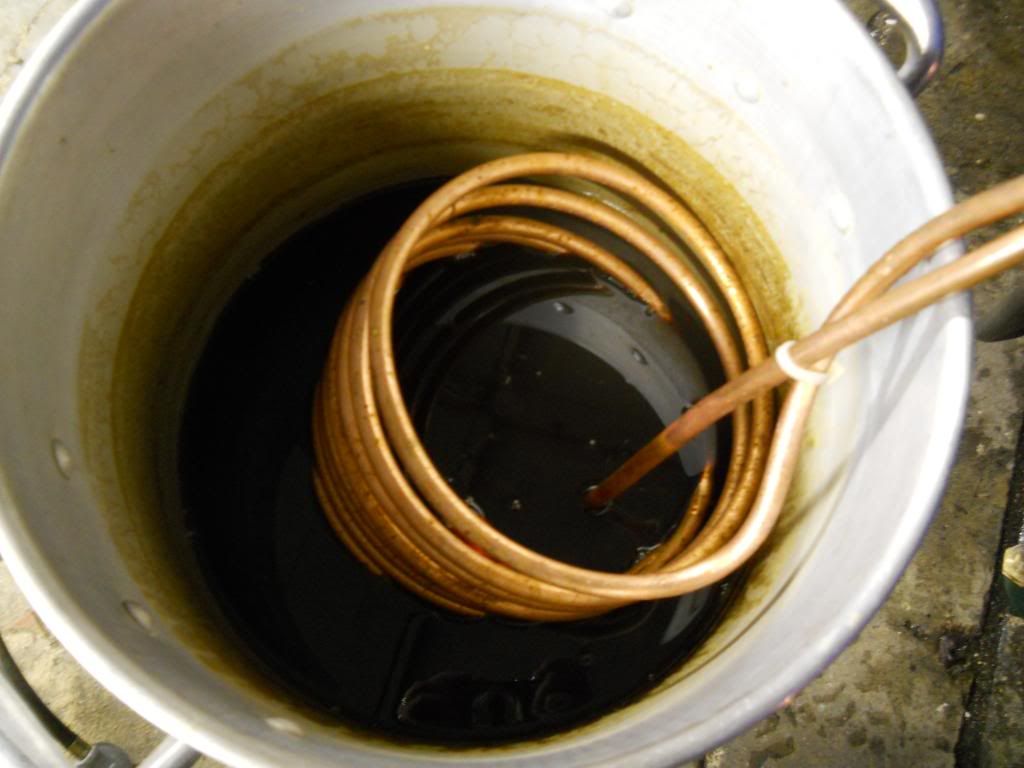thanantos
Well-Known Member
- Joined
- Apr 29, 2011
- Messages
- 283
- Reaction score
- 10
I like hops. I really like hoppy beer.
For that reason my tastes have always tended towards IPA's. I could appreciate a good stout like I could appreciate the guitar work of guys like Steve Vai, but like Steve Vai's music....it wasn't for me.
That was until I tried, on a whim, Sam Adams Baltic IPA (it was from their short run, craft beer line). A hoppy porter? I could get down with this.
Then igliashon posted his "no nonsense stout" recipe, and I figured, "What the hell? Let's throw some floral hops in there and see what we get."
So, here's my Baltic IPA/Porter recipe:
90 minute boil
5 gallons final volume
2lb Bob's Red Mill Quick Oats (1lb roasted to medium brown and left to waft for a week. 1lb lightly roasted and left overnight) @ steeped together for 30 minutes prior to boil
3lbs Brown rice syrup @ 90
3lbs D-180 @ 90
3.3lbs Sorghum syrup @ flameout
0.5 oz Chinook @ 90
1 oz Hallertau @ 30
1 oz Hallertau @ 20
1 oz Hallertau @ 15
1 oz Hallertau @ 7
The fermantables in my recipe differ slightly from Iglisahon's because I am lazy and the amounts I used fit more easily into how they are packaged.
I called this a Baltic IPA because it is really not a porter. If I understand the difference between a porter and a stout correctly that difference would really be academic when using only GF extracts, but still....it's not a porter. Also, typically a Baltic Porter is made using lager yeast which I have not done.
Let me known what you think and I'll let you know how the results turned out!
For that reason my tastes have always tended towards IPA's. I could appreciate a good stout like I could appreciate the guitar work of guys like Steve Vai, but like Steve Vai's music....it wasn't for me.
That was until I tried, on a whim, Sam Adams Baltic IPA (it was from their short run, craft beer line). A hoppy porter? I could get down with this.
Then igliashon posted his "no nonsense stout" recipe, and I figured, "What the hell? Let's throw some floral hops in there and see what we get."
So, here's my Baltic IPA/Porter recipe:
90 minute boil
5 gallons final volume
2lb Bob's Red Mill Quick Oats (1lb roasted to medium brown and left to waft for a week. 1lb lightly roasted and left overnight) @ steeped together for 30 minutes prior to boil
3lbs Brown rice syrup @ 90
3lbs D-180 @ 90
3.3lbs Sorghum syrup @ flameout
0.5 oz Chinook @ 90
1 oz Hallertau @ 30
1 oz Hallertau @ 20
1 oz Hallertau @ 15
1 oz Hallertau @ 7
The fermantables in my recipe differ slightly from Iglisahon's because I am lazy and the amounts I used fit more easily into how they are packaged.
I called this a Baltic IPA because it is really not a porter. If I understand the difference between a porter and a stout correctly that difference would really be academic when using only GF extracts, but still....it's not a porter. Also, typically a Baltic Porter is made using lager yeast which I have not done.
Let me known what you think and I'll let you know how the results turned out!






